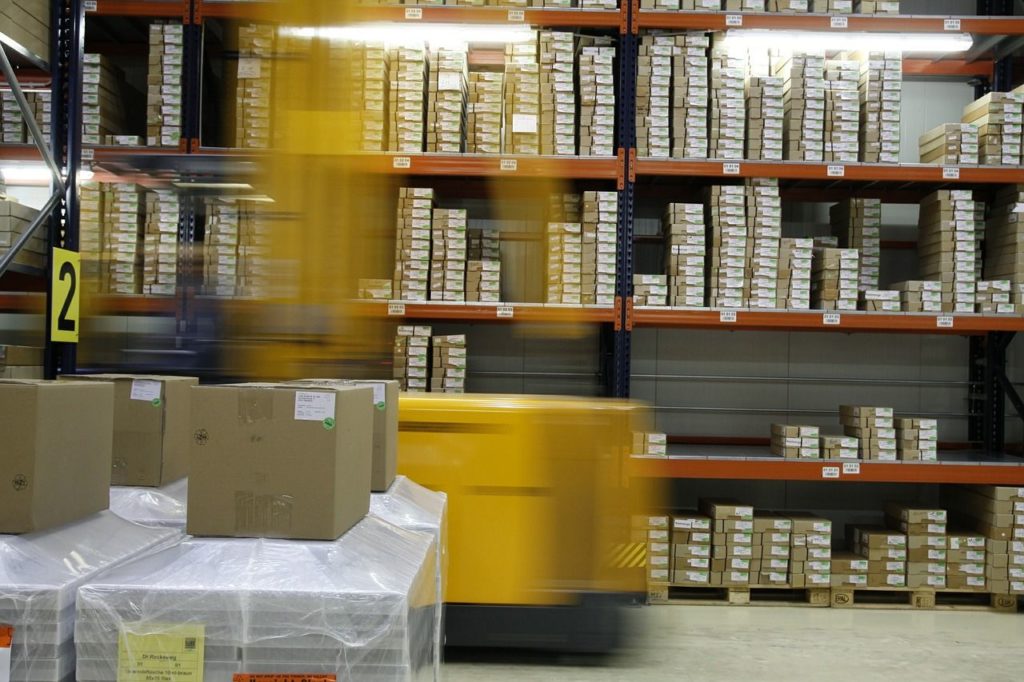The Evolution of the Dropship Supplier in 2020
The “Retail” Apocalypse
According to a Fox Business news article, in 2019, US retailers announced 9,302 store closings, a 59 percent jump from 2018, and the highest number since the data tracking began in 2012. As of January 31, 2020, over 1,200 stores have been closed or are scheduled to close during 2020, which could lead to over 14,000 stores closing in 2020.”
This shows that suppliers, distributors and brands must prepare for their retailers and stores to go out of business unless they can adapt to the world of ecommerce. And in order to do that, they must be able to put certain systems and operations in place to gain and retain more retailers to sell their products online.
The “retail apocalypse” is one of the reasons why suppliers, distributors and brands should be ready for ecommerce, but there are also other businesses that are currently selling online that still need to branch out and evolve into selling through different mediums, such as dropshipping or to other businesses.
Dropshipping
Most suppliers and brands are either new to dropshipping or do not know how to successfully scale their dropship operations.
For suppliers looking to start dropshipping, it can be hard to figure out where and how to start. The first question you should ask yourself is, can you actually dropship? This entails selling and fulfilling individual packages to your resellers’ customers with a printed blank shipping label or your resellers’ logos on the shipping labels. Once you decide your business can accomplish this, you will then need to ensure you put the necessary systems, platforms and processes into place in order to successfully run a large scale dropship operation. Lastly, you will need to build a network of resellers and ensure your onboarding process for new resellers is streamlined.
For suppliers that already have been dropshipping but are looking to scale your operations, you need to first figure out what are the obstacles that are inhibiting your growth. It could be something as simple as needing more resellers in your network to sell your products or more quality resellers to move a larger quantity of products. Another reason could be your reseller onboarding process. We have seen the onboarding process for just one reseller be a time-consuming process for some suppliers. This could have to do with setting up internal accounts, formatting files, automating data, setting up FTPs or API access, providing content, ordering setup, etc. If there is no system in place to help set up these resellers, you are already losing money from setup labor costs or from resellers backing out from the tedious process.
The Four Stages of the Dropship Supplier
The sole purpose of this blog is to show you the evolution of the modern-day dropship supplier. We will take you through four stages of the dropship supplier and help you identify where you are at in the process as well as steps you can take to progress into serious revenue-driving business with dropship retailers. You may be brand new to dropshipping, somewhat experience or even dropshipping for a long time, but if you are at any of these staging of being a dropship supplier, there is always room for improvement.
1. Beginner
Brand New to Dropshipping
- No dropshipping experience
- Only doing B2B wholesale orders or direct to consumer sales, or both
- Traditional wholesale distributor or brand
- Looking to find new outlets to move more product
How to Improve:
- Get added to online supplier directories
- Get on dropship website applications
- Make sure you can provide your independent resellers access to your product data
- Have a system in place to have reseller sign-up and ordering an easy/automated process
- Make sure you can dropship your products
2. Novice
Customers:
- Dropshipping for a few independent retailers
- Dropshipping from retailer marketplaces/apps like Spocket, Modalyst, Doba, etc.
- Maybe dropshipping for big box retailers such as Staples, Home Depot, Nordstrom, etc.
- Around 0 to 15 retailers dropshipping your products
Orders:
- Dropshipping order volume is anywhere from $0 – $10,000 in monthly revenue
- 1 -15% of your company’s revenue comes from dropship fulfillment, but the majority of the company is mainly wholesale and/or direct to consumer sales
Operations:
- Reseller accounts manually kept on spreadsheets or accounting system
- The majority, if not all, orders are fulfilled manually
- Manage product data, inventory, orders and shipment tracking manually via spreadsheet uploads, emailing, vendor portal logins, etc.
- Manual invoicing
For the remainder of the steps, click on the link below.
